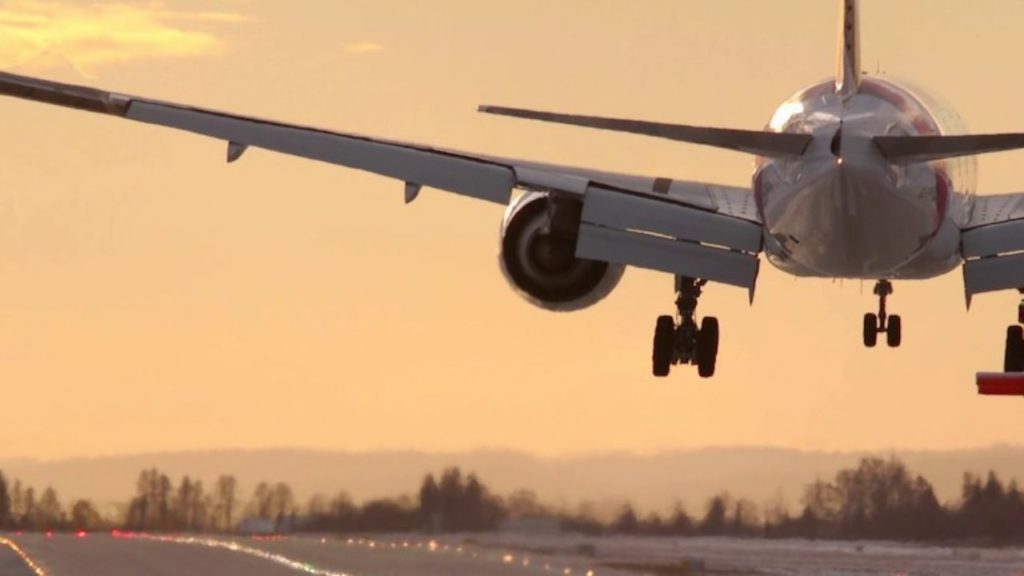Domestic Flights Resume: Delhi-Kolkata Busiest Route; 700+ Flights Operating Via 10 Airlines Daily

Domestic Flights Resume: Delhi-Kolkata Busiest Route; 700+ Flights Operating Via 10 Airlines Daily
After a surprise announcement from the minister of civil aviation on Twitter, for the past two weeks domestic flying re-started in India.
The airlines have been grounded from March 25 and have been challenging them to get up and running within days. Adding to the challenges was the state governments wary of accepting passengers from other states leading to delay in opening up of certain airports like Kolkata.
Even today, there aren’t any flights between Maharashtra and Tamil Nadu. No sooner had this confusion settled, a new one started – this time with the data which was published which mixed up departures with air traffic movements.
Read to find out more…
The Number of Airplanes in the Indian Airspace!
Airlines in India have over 650 aircraft for commercial operations. While a small portion of those is the Air India wide-body aircraft which primarily operate on international routes, 13 B737 MAX of Spicejet have been grounded since last year in line with the global grounding of the aircraft.
The government has allowed a maximum of 33% of capacity for the airlines. A few states and airports have further capped this capacity but airlines have been operating anywhere between 220 and 230 planes on a given day.
This excludes the planes committed by Air India for the Vande Bharat Mission or the charters operated by private airlines, outside the purview of Vande Bharat Mission.
The smallest airlines – Star Air and Trujet – are operating most of their flights under UDAN, if not all. The RCS-UDAN routes have their own fare cap, unlike the one proposed by the government post-COVID-19 and the airlines also are entitled to subsidy. While Spicejet, IndiGo and Air India regional are also operating RCS-UDAN flights, this constitutes a smaller percentage of their total flights.

The Routes and Their Frequencies!!
There have been routes which have seen one-way traffic and there have been routes which have seen single-digit passengers in the flight.
The busiest route by frequency has been Delhi–Kolkata–Delhi with 11 frequencies each way, followed by Delhi–Patna–Delhi with 10 frequencies. This is followed by routes like Delhi–Pune and Hyderabad–Delhi. Normally the busiest route, Delhi–Mumbai–Delhi, saw only 4 frequencies across airlines and there were 213 sectors which saw just one flight.
The route mix is a dynamic thing with airlines operating certain routes with a gap of a few days, mostly due to a lack of consistent demand. Like aircraft which are being utilised in rotation, routes are also being operated by rotation.
However, with a near 60% average occupancy – on most flights social distancing norms and a possibility of the middle seat remaining empty would take care of the customer apprehensions.
What are the Challenges Being Faced?
With just 34% of the fleet operating, Indian airlines are definitely looking at an excess of capacity in the skies. The situation on when more flights will be allowed remains unclear and with the spike in the cases of COVID-19 in the country, recovery isn’t going to be quick.
The situation is anything but normal and while the government has also pushed for RCS-UDAN flights to be operational, the current cluster of fliers still seem to be those who were stranded or have a long pending trip due to family reasons. Until business and leisure travel returns, airlines will find it hard to continue making profits.
While IndiGo’s CEO Rono Dutta was optimistic about the loads and future, I remain cautious because we don’t know just yet how the COVID-19 pandemic is spreading across the country and when the business and leisure demand would retain – which remains the backbone of the aviation industry in the country.

Comments are closed, but trackbacks and pingbacks are open.